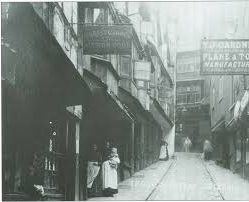
Bristol was still reeling from the aftermath of the Reform Riots of 1831 with the condemned rioters in gaol awaiting their tragic fate, when a new peril appeared over the horizon: the Cholera Morbus, otherwise “King Cholera”, was on its unstoppable march across Europe. The newspapers were full of it. It was in Moscow…… It had reached Paris…… Its arrival in the North East of England was at first denied and then confirmed when a Newcastle collier, a coal carrying brig with the unfortunate name of “Blessing”, docked at Limehouse Wharf in London in February 1832. A sailor on board called ALLANSON was taken with cramps, spasms, vomiting and excessive diarrhoea and despite every attention given him died within 30 hours. In less than eight days there were 33 cases in the vicinity of Limehouse, 19 of which proved fatal and in the north, at Gateshead, nearly four times as many.
The previous December the Mayor of Bristol, Charles PINNEY, esquire had convened a public meeting where a Committee for the Prevention of Cholera was formed. The correspondent of the Bristol Journal, tongue in cheek, recorded a conversation between two women who had received bounty from the Committee:
“I say Martha, what hast thee got?”
“Why, I got five yards of flannel. What hast thee?”
“Why, I got seven and dung me if I don’t think after all cholera’s better than Reform.”
As well as flannel to place over the affected parts, it was suggested that soup shops be set up to provide nourishment for the poor who were assumed to be most at risk. Other practical methods for avoidance or cure were laudanum, “recommended that an ounce or two be kept in all premises”, mustard poultices to be placed on the belly, various mixes of sulphuric ether, aromatic spirits of hartshorn with cinnamon, conserve of roses, pills of tincture of opium, camphor and wine, and mysteriously, “Hot Air Baths, as seen in the Blind Asylum.”
A huckster took advantage of the gullible, peddling medicated “bulls-eyes” (a sweet) in St Paul’s and special cigars in Clifton as anti-cholera devices and was said to have made a good living. Tobacco in any case was a well-known cure-all! Another suggestion was that sky-rockets should be let off to purify the air of miasma, as pestilence in Warsaw had ceased when heavy guns were fired! The Prince Lobhowitz of Holland reportedly had some success with a piece of leather, 8 x10 inches smeared with fir tree resin, applied warm to the stomach and worn continually.
One correspondent signing himself “Cholera Morbus” listed the places where he was welcomed, “amid the promoters of evil, the drunkards, the lazy, the gluttons, the dirty and the quarrelsome, those enfeebled by debauchery and who place reliance on quack doctors.”
“But,” the writer goes on, “If a man be industrious, I shall have nothing to say to him, if he should open his windows, wash himself hand and foot, take his meals with his family and be always in good humour with his neighbours; such a one I cannot abide. He may live to a ripe old age, for I pass by his cheerful hearth to revel in the rotten liver of the drunkard……..” and so the whistle in the wind continues. Another jolly optimist agreed for “Not one member of the Temperance Society had died of it!”
The “Prophetic Almanac” for 1832, was more downbeat, stating “the year was expected to last from January 1st until December 31st, “unless (the World) was put to an end by the Cholera or by the arrival of a Comet.”
With the disease rapidly spreading across all parts of Great Britain and Ireland, St Peter’s Hospital was made ready for the expected influx of cases. Cholera reached the City by 11 July 1832 among the inmates at the Gaol.
I became interested in this subject in 1988 when researching my book “The Budgetts of Kingswood Hill”. Henry Hill BUDGETT, philanthropist and local hero, chaired an extraordinary general meeting of the Kingswood Benevolent Society at Oldland, Bitton, attended by the vicar of Holy Trinity, the Overseers of the Poor and the surgeons, Robert BIGGS and Henry Mills GRACE, the father of the great W.G. Having no clear idea of how the disease was caused and spread, they could do little other than try to keep it under control, burning contaminated articles, isolating the sick, paying brave women to nurse the afflicted.
In some parishes, vicars were moved to state the cause of death when they buried their parishioners. Thus at St George in 1832/33 we know that at least 33 persons died of cholera:
3rd September: Sarah POWELL, 75, of Rose Green
4th September, Sarah MILSOM, 38, Whitehall, Elizabeth HICKS, 67, Bath Road
8th September, Sarah BRYANT, 71, poor, Whitehall, Thomas GRIFFIN, 50, poor, Crew’s Hole, Samuel DAVIS, 63, Whitehall
9th September, William HILL, 17, Whitehall
10th September, Thomas JEFFERIES, 6 months, Bath Rdl
12th September, George GARLAND, 50, Rose Green
14th September, Eliza HODGES, 2½, Lower Easton
18th September, Hannah PRATT, 55, Pile Marsh
19th September, Samuel HARDING, 37, poor, Pile Marsh
22nd September, Sarah HODGES, 12, near the sign of the Fire Engine
28th September, Ann BARRETT, 71, Whitehall.
If they thought it was all over, then it started again in 1833:
10th November, Mary REES, 4, & Hannah REES, 33, near Dundridge Farm
13th November & 16th November, James REES, 7 & Joseph REES, 8, near Dundridge Farm
21st November, Sarah JONES, 20, Clay Hill
22nd November, Hannah DAVIS, 28, near Fire Engine, Maria REES, 2, near Dundridge Farm
1st & 3rd November, William MILSOM, 2 & Mary MILSOM, 4, Clay Hill
9th December, William PEARCE, 55, Clay Bottom
19th December, William PEARCE, 4, Rose Green
22nd December, Sarah HOLBROOK, 3, Two Mile Hill
25th December, Sarah STONE, 27, Two Mile Hill
26th December, Elizabeth HOBBS, 70, Two Mile Hill
27th December, George WEEKS, 36, Whiteway
29th December, Mary Stone, 22, Two Mile Hill
30th December, Richard HOBBS, 9, Two Mile Hill
31st December, John STONE, 60, Two Mile Hill
5th January, 1833, Mary WINKWORTH, 3, White’s Hill.
In Westerleigh the cholera raged between December 12th 1833 and 19th February 1834 when the vicar recorded the following deaths:
12th & 18th December, Mary TAYLOR, 3 & Thomas TAYLOR, 1
26th, 27th & 28th December, George BAKER, 2, William BAKER, 7 & Elizabeth BAKER, 12
31st December, John GIBBS, 64
2nd January, 1834, Hannah ROLPH, 23, James ROLPH, 11, George TOVEY, 43
5th January, Edwin Bryant KIPPINS, 7
6th January, Joseph FLOOK, 53
7th January, Robina ROLPH, 2
8th January, Mary HOLDER, 33
9th January, Eleanor KNAPCOT, 76 & John HALES, 60
11th January, Sarah BIGGS, 52
2nd February, Esther BRYANT, 13
4th February, George COLES, 84 & George HIBBS, 47
6th February, Esther DEMERY, 43, “interned at 2 Lanes Pest House at night”.
8th February, George DANDO, 2 & George FLOOK, 2
14th February, Hannah HIBBS, 47, Timothy HIBBS, 2
19th February, Stephen DANDO, 46 & Esther ROLPH, 2.
I am sure that the vicars of St George & Westerleigh were not the only priests in our area who took the trouble to record the names of their parishioners claimed by the calamity.
The newspaper obituary columns also occasionally mention those who died in the epidemic:
“On Sunday last after a few days illness, of cholera, Mary PARKER and on Thursday after a few hours illness, John PARKER, father and mother of Mr J. Parker of Bath Street.”(18.8.1832)
“August 17th, of cholera, after a few hours illness, aged ten, John the second son of Mr John COULSTRING, jun, of Welsh Back.” (25.8.1832)
“August 28th, at his residence, Broad Plain, St Philips, of cholera, Mr Edward WIPPERMAN and the day preceding, two of his children of the same disease. He was clerk for 21 years to Mr SAGE, bacon factor of this City. Greatly respected by all.” (1.9.1832)
“Among the victims of cholera in this City, Mr William WADY, many years tyler of the Provincial Grand Lodge and one of the oldest masons in Bristol. He commenced his career as a marine and served with Admiral Lord Rodney in the West Indies. He used to boast that he was the first man who jumped ashore, sword in hand, upon St Eustatius when that island was taken from the Dutch in the American War.” (8.9.1832)
“September 2nd, of cholera, after a few hours illness, Eliza, wife of Capt. FURLONG of this Port. The same evening a female servant was attacked by the same disease and expired next morning. Ten days previously Captain Furlong buried three of his children two of whom died of cholera.” (15.9.1832)
“Lately, of cholera, in the Great Gardens, Bristol, Mr J. MITCHELL, aged 65, brother to the late Captain W. Mitchell, RN, of Keynsham.” (6.10.1832)
One Bristolian may have carried the infection abroad, even before the local outbreak: “June 21st, at Dublin, of the Asiatic Cholera, Mr Daniel BRAIN, brother to Mr Moses Brain, cork cutter of Redcliff Street.” (30.6.1832)
It is likely that there would have been many more obituaries giving this terrible disease as the cause of death were it not for the perceived association with filth, and therefore a stigma was attached. When the obituary of “Thomas HOOPER, 62, of Somerset Street, Member of the Wesleyan Society 44 years, and Secretary to the Stranger’s Friend Society” was published on 22 September 1832, the following postscript was appended: “We are asked to state that Mr Hooper did not die of cholera.”
In November 1832, the pestilence had diminished in Bristol, by which time there had been 1612 recorded cases of which 626 were fatal. As can be seen from the above lists, the disease was still rampant beyond the City. There were further outbreaks in 1849, (among the fatalities was Harry Budgett’s young nephew Edwin of Kingswood Hill) in 1854 & 1866.
Overflowing privies discharged into sixty or so open drains in the City and thence into the polluted river Froom. No arrangements were made to dispose of sewage, yet in 1849 when the Bristol Sanitary Committee proposed water rates should be levied, an outraged citizen wrote to the local press “Gentlemen: Beware your Pockets”. Medical investigation was hampered by widespread distrust of the medical profession believed to be “body snatchers”. After a boy died of cholera in August 1832 and was interred at St Peter’s Churchyard, it was rumoured that the body had been taken for dissection. At the insistence of the mother and “the mob” the coffin was wrenched open but it exhibited “the corpse in a black and putrid state”.
Another local hero, Dr William BUDD, appointed to St Peter’s Hospital in 1842 who had been saying for years that cholera was transmitted through contaminated water was at last believed. Nowadays, in developed countries, due to nearly universal water treatment and good sanitation it is no longer a major health threat.
This is of course a massive subject and I have tried to give a simple overview of the effect of the outbreak of cholera in Bristol and the surrounding villages in a few months of the 1830s.
As to my own family history, two of my maternal great great great grandparents died of cholera at Bicester, in Oxfordshire. William WADDUP was buried on 9th July 1832, two days before it arrived in Bristol. His wife, Martha, nee ELSTONE, followed him to the grave two weeks later on the 24th July. Their son and his family had moved elsewhere, otherwise I might well not be writing this today.


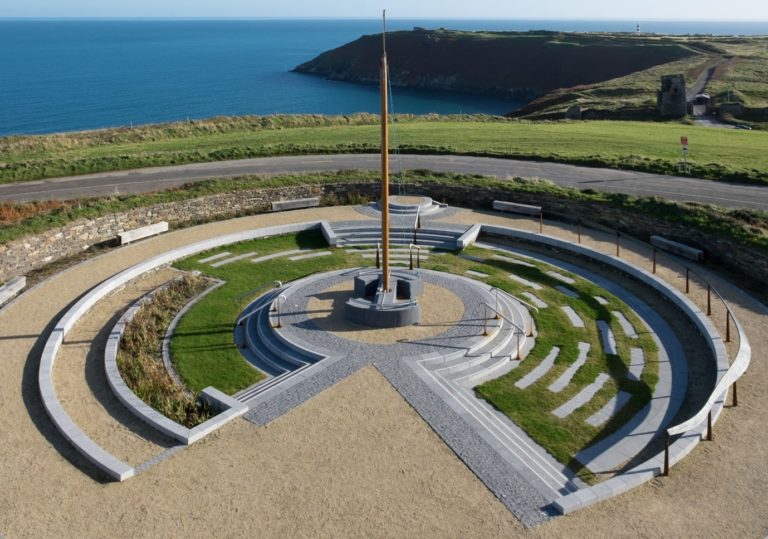
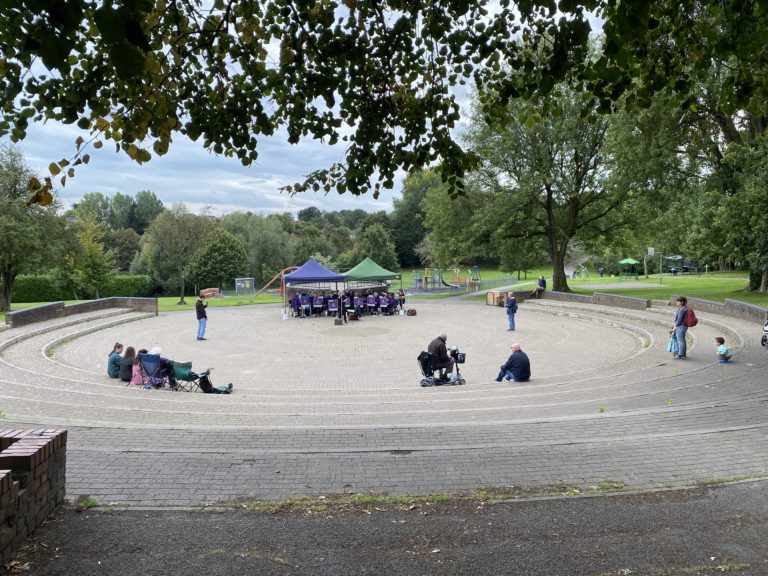
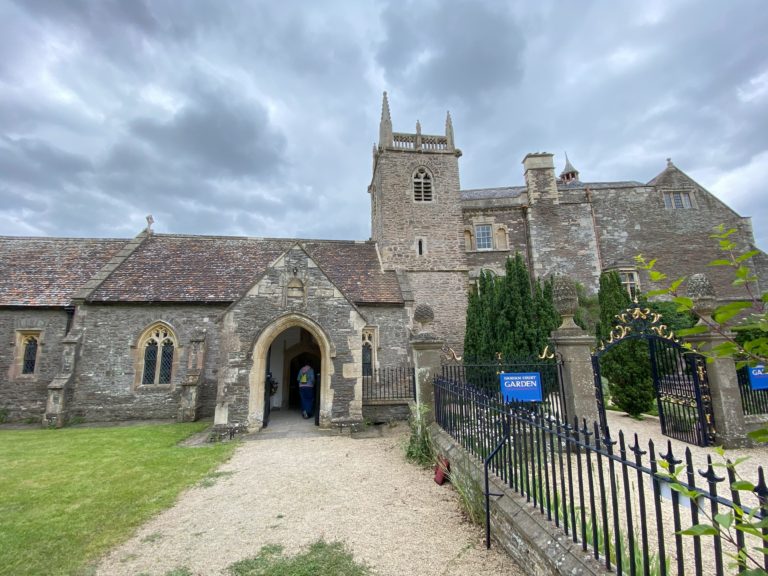
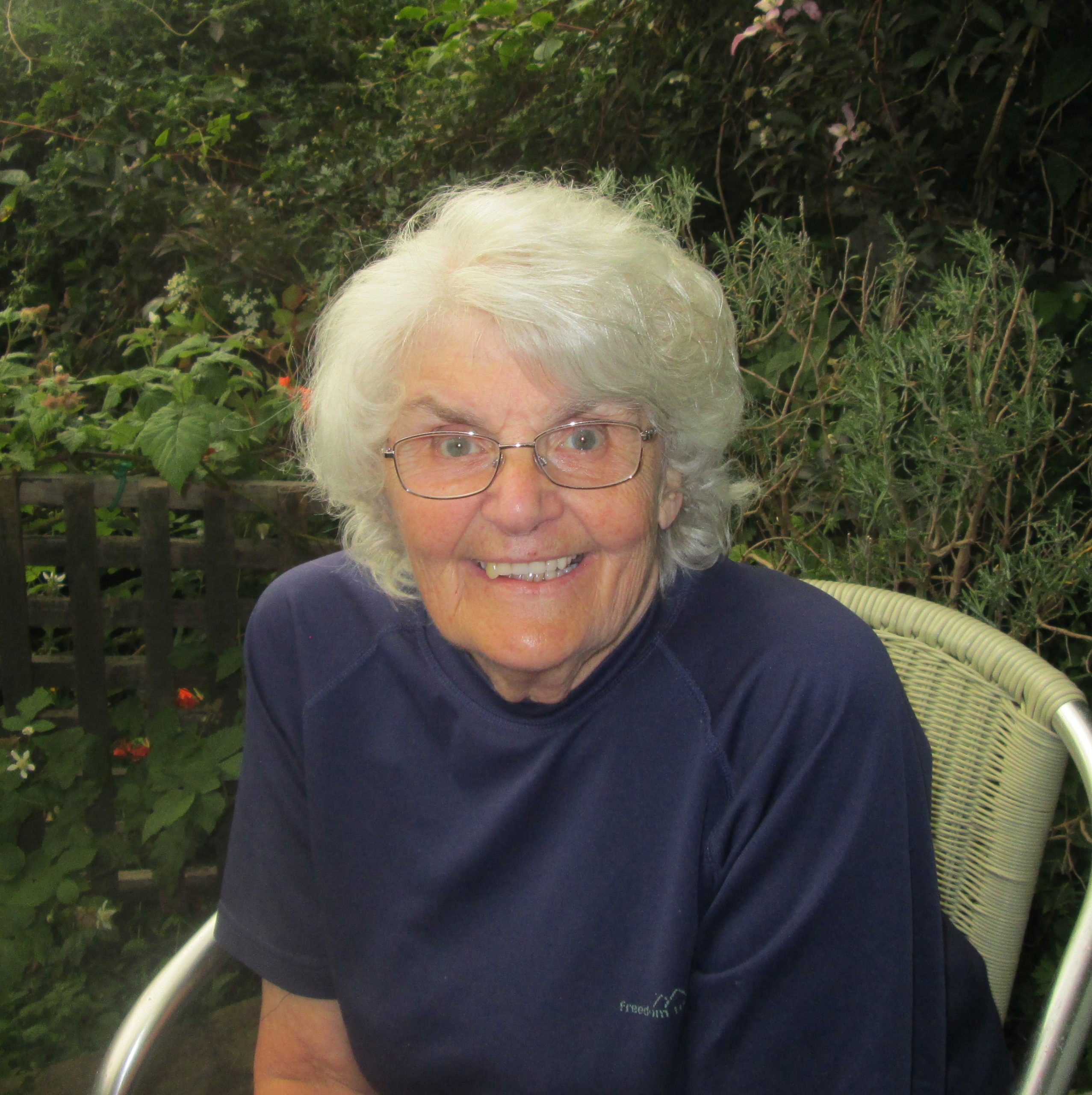



Leave a Comment